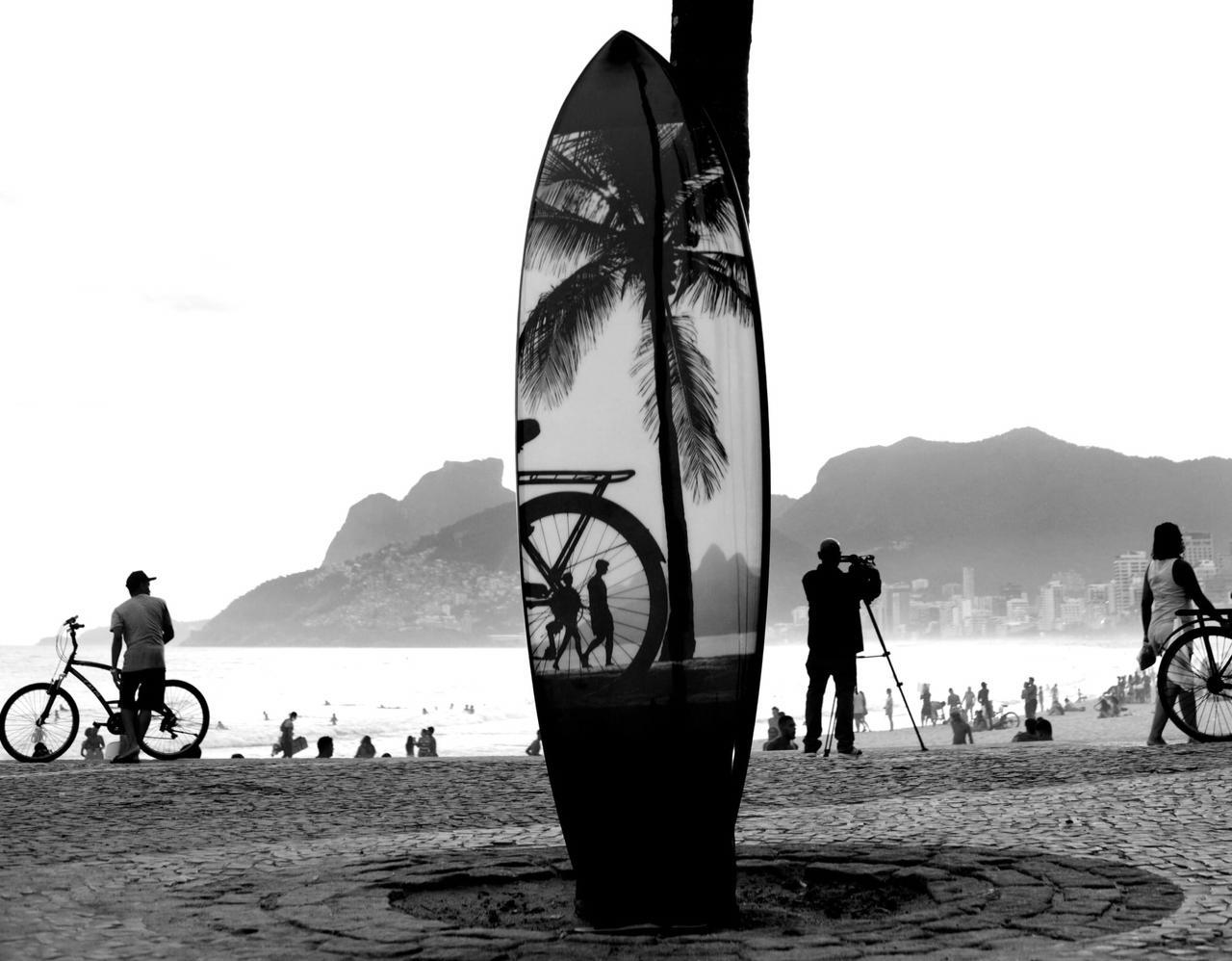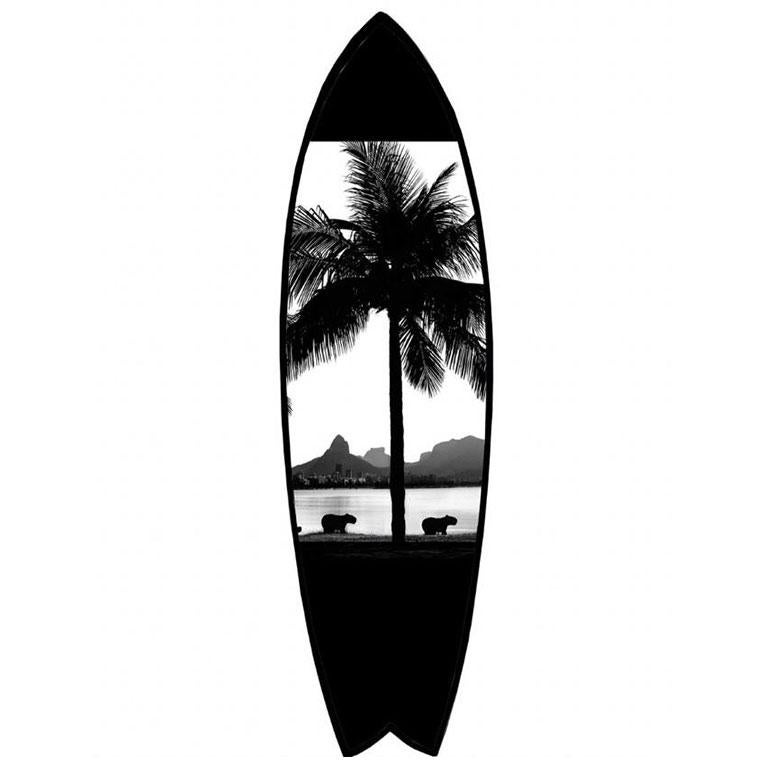Items Similar to Woven Apache Basket with Dog and Human Motif
Video Loading
Want more images or videos?
Request additional images or videos from the seller
1 of 5
UnknownWoven Apache Basket with Dog and Human Motif
About the Item
Woven Apache Basket with Dog and Human Motif
Late 19th century - Early 20th century
Woven from Willow and Devil's Claw
Apache is a collective term for several culturally related groups of Native Americans living primarily in the Southwest, which includes the Jicarilla and the Western Apache. Because they were a nomadic people, though usually within a very limited territory, they did not take to making pottery (with some exceptions such as Tammie Allen of Jicarilla). They did, however, weave, and became very skilled in the art of Basketry.
The Jicarilla Apache basketry covers a long span of time, but very little is known of their work before they were settled on a reservation in 1887 in northern New Mexico. All Jicarilla baskets are of coil weave, usually of sumac, but sometimes of willow.
The Western Apache reservations are in Arizona, east of Phoenix and close to the New Mexico border. They consist of the San Carlos Reservation and the White Mountain Reservation.
Of all Southwestern Indian basketry, those of the Western Apache have long been admired for their craftsmanship and beauty. Again, the Apache were somewhat nomadic and relied on hunting and gathering as a means of subsistence. Basketry was a convenient vessel for gathering nuts, roots and other edible items.
In earlier days, the average Apache home would have a number of baskets around to be used in the day-to-day activities. A water jar (tus) would be used to go to the river for water. It would be brought home and emptied into a larger tus. Trays would be used for storage of foodstuffs or for winnowing. Burden baskets would be used for hauling large quantities of food or even firewood. Baskets were also used in girl’s puberty rite ceremonies.
- Dimensions:Height: 3.25 in (8.26 cm)Diameter: 15 in (38.1 cm)
- Medium:
- Period:
- Condition:
- Gallery Location:Missouri, MO
- Reference Number:1stDibs: LU747312759672
About the Seller
5.0
Vetted Seller
These experienced sellers undergo a comprehensive evaluation by our team of in-house experts.
Established in 1970
1stDibs seller since 2017
141 sales on 1stDibs
Typical response time: 22 hours
- ShippingRetrieving quote...Ships From: Missouri, MO
- Return PolicyA return for this item may be initiated within 2 days of delivery.
More From This SellerView All
- Woven Apache Basket with Dog MotifLocated in Missouri, MOWoven Apache basket with dog motif Late 19th century - Early 20th Century Woven from Willow and Devil's claw Apache is a collective term for several culturally related groups of Native Americans living primarily in the Southwest, which includes the Jicarilla and the Western Apache. Because they were a nomadic people, though usually within a very limited territory, they did not take to making pottery (with some exceptions such as Tammie Allen of Jicarilla). They did, however, weave, and became very skilled in the art of Basketry. The Jicarilla Apache basketry...Category
Early 20th Century Other Art Style More Art
MaterialsOrganic Material, Other Medium
- Cone Drawing with SculptureLocated in Missouri, MOCone Drawing with Sculpture By Jane Sauer (b. 1937- ) Cone Drawing Unframed: 30" x 31.5" Cone Drawing Framed: 37" x 29" Cone Sculpture: 27" x 4" Born i...Category
20th Century Modern Mixed Media
MaterialsLinen, Paper, Mixed Media, Wax
- Mata Ortiz Black PotteryBy Griselda Camacho de SilveriaLocated in Missouri, MOSigned "Gris Camacho" on Bottom This Mata Ortiz Black Pottery is a beautiful handmade jar created by Griselda & Juan Camacho. They are members of the Ca...Category
Late 20th Century More Art
MaterialsClay
- Pickaxe (Spitzhacke) Superimposed on a Drawing of the Site by E.L. GrimmBy Claes OldenburgLocated in Missouri, MOPickaxe (Spitzhacke) Superimposed on a Drawing of the Site by E.L. Grimm, 1982 By Claes Oldenburg (Swedish, American, 1929-2022) Unframed: 26" x 20" Framed: 28.75" x 22.75" Signed and Dated Lower Right Whimsical sculpture of pop culture objects, many of them large and out-of-doors, is the signature work of Swedish-born Claes Oldenburg who became one of America's leading Pop Artists. He was born in Stockholm, Sweden. His father was a diplomat, and during Claes' childhood moved his family from Stockholm to a variety of locations including Chicago where the father was general consul of Sweden and where Oldenburg spent most of his childhood. He attended the Latin School of Chicago, and then Yale University where he studied literature and art history, graduating in 1950, the same year Claes became an American citizen. Returning to Chicago, he enrolled at the Art Institute of Chicago from 1952 to 1954 and also worked as a reporter at the City News Bureau. He opened his own studio, and in 1953, some of his satirical drawings were included in his first group show at the Club St. Elmo, Chicago. He also painted at the Oxbow School of Painting in Michigan. In 1956, he moved to New York where he drew and painted while working as a clerk in the art libraries of Cooper-Union Museum for the Arts of Decoration. Selling his first artworks during this time, he earned 25 dollars for five pieces. Oldenburg became friends with numerous artists including Jim Dine, Red Grooms and Allan Kaprow, who with his "Happenings" was especially influential on Oldenburg's interest in environmental art. Another growing interest was soft sculpture, and in 1957, he created a piece later titled Sausage, a free-hanging woman's stocking stuffed with newspaper. In 1959, he had his first one-man show, held at the Judson Gallery at Washington Square. He exhibited wood and newspaper sculpture and painted papier-mache objects. Some viewers of the exhibit commented how refreshing Oldenburg's pieces were in contrast to the Abstract Expressionism, a style which much dominated the art world. During this time, he was influenced by the whimsical work of French artist, Bernard Buffet, and he experimented with materials and images of the junk-filled streets of New York. In 1960, Oldenburg created his first Pop-Art Environments and Happenings in a mock store full of plaster objects. He also did Performances with a cast of colleagues including artists Lucas Samaras, Tom Wesselman, Carolee Schneemann, Oyvind Fahlstrom and Richard Artschwager, dealer Annina Nosei, critic Barbara Rose, and screenwriter Rudy Wurlitzer. His first wife (1960-1970) Pat Muschinski, who sewed many of his early soft sculptures, was a constant performer in his Happenings. This brash, often humorous, approach to art was at great odds with the prevailing sensibility that, by its nature, art dealt with "profound" expressions or ideas. In December 1961, he rented a store on Manhattan's Lower East Side to house "The Store," a month-long installation he had first presented at the Martha Jackson Gallery in New York. This installation was stocked with sculptures roughly in the form of consumer goods. Oldenburg moved to Los Angeles in 1963 "because it was the most opposite thing to New York I could think of". That same year, he conceived AUT OBO DYS, performed in the parking lot of the American Institute of Aeronautics and Astronautics in December 1963. In 1965 he turned his attention to drawings and projects for imaginary outdoor monuments. Initially these monuments took the form of small collages such as a crayon image of a fat, fuzzy teddy bear looming over the grassy fields of New York's Central Park (1965) and Lipsticks in Piccadilly Circus, London (1966). Oldenburg realized his first outdoor public monument in 1967; Placid Civic Monument took the form of a Conceptual performance/action behind the Metropolitan Museum of Art, New York, with a crew of gravediggers digging a 6-by-3-foot rectangular hole in the ground. Many of Oldenburg's large-scale sculptures of mundane objects elicited public ridicule before being embraced as whimsical, insightful, and fun additions to public outdoor art. From the early 1970s Oldenburg concentrated almost exclusively on public commissions. Between 1969 and 1977 Oldenburg had been in a relationship with Hannah Wilke, feminist artist, but in 1977 he married Coosje van Bruggen, a Dutch-American writer and art historian who became collaborator with him on his artwork. He had met her in 1970, when she curated an exhibition for him at the Stedelijk Museum in Amsterdam. Their first collaboration came when Oldenburg was commissioned to rework Trowel I, a 1971 sculpture of an oversize garden tool, for the grounds of the Kröller-Müller Museum in Otterlo, the Netherlands. Oldenburg has officially signed all the work he has done since 1981 with both his own name and van Bruggen's. In 1988, the two created the iconic Spoonbridge and Cherry sculpture for the Walker Art Center in Minneapolis, Minnesota that remains a staple of the Minneapolis Sculpture Garden as well as a classic image of the city. Typewriter Eraser...Category
20th Century American Modern Mixed Media
MaterialsEtching, Aquatint, Photogravure
- George III Style Mechanical Drinks and Smoking Cabinet (Converts to Table)Located in Missouri, MOGeorge III Style Drinks & Smoking Cabinet (Converts to Table) c. late 19th/early 20th Century Wood, Silver, Glass approx. 30.5" H x 23" W x 19.5" D ...Category
Early 20th Century More Art
MaterialsSilver
- Lozenge with Dancer and HindBy Pablo PicassoLocated in Missouri, MOLozenge with Dancer and Hind (#620, Ramie) Red Earthenware Clay Edition Madoura Picasso, 93/500 (Verso)Category
1970s Modern More Art
MaterialsCeramic
You May Also Like
- Surfboard Rio I - Rio de Janeiro seriesLocated in New York City, NYJOAQUIM NABUCO SURFBOARD, Rio de Janeiro series 70 x 20 x 2.5 inches polyester resin; hand-shaped polyurethane foam; digital print Swallowtail: 70 h. x...Category
2010s Contemporary Black and White Photography
MaterialsResin, Polyester, Archival Pigment
- Surfboard Rio 2 - Rio de Janeiro seriesLocated in New York City, NYJOAQUIM NABUCO Surfboard Rio 2, Rio de Janeiro series 70 x 20 x 2.5 inches polyester resin; hand-shaped polyurethane foam; digital print Swallowtail: 7...Category
2010s Contemporary Black and White Photography
MaterialsResin, Polyester, Archival Pigment
- Surfboard Rio 3 - Rio de Janeiro seriesLocated in New York City, NYJOAQUIM NABUCO Surfboard Rio 3, Rio de Janeiro series 70 x 20 x 2.5 inches polyester resin; hand-shaped polyurethane foam; digital print Swallowtail: 7...Category
2010s Contemporary Black and White Photography
MaterialsResin, Polyester, Archival Pigment
- Surfboard Rio 3 - Rio de Janeiro seriesLocated in New York City, NYJOAQUIM NABUCO Surfboard Rio 3, Rio de Janeiro series 70 x 20 x 2.5 inches polyester resin; hand-shaped polyurethane foam; digital print Swallowtail: 7...Category
2010s Contemporary Black and White Photography
MaterialsResin, Polyester, Archival Pigment
- Surfboard Rio I - Rio de Janeiro seriesLocated in New York City, NYJOAQUIM NABUCO Surfboard I, Rio de Janeiro series 70 x 20 x 2.5 inches polyester resin; hand-shaped polyurethane foam; digital print Swallowtail: 70 h....Category
2010s Contemporary Black and White Photography
MaterialsResin, Archival Pigment, Polyester
- Elementary AbacusLocated in WINDSOR, AUThe Elementary Abacus offers a new kind of inclusive sensory experience, while featuring familiar references and performing everyday functionality. Keeping visual and physical experimentation at the forefront of the design process, the Elementary Abacus embodies the desire to see more designs that induce a state of ‘openness to experience’ design that caters to everyone, regardless of their sensory abilities. A piece that challenges standardisation and speaks of product design’s potential to feature more sensory richness, and modern technologies, without environmental compromise. HIGHLY COMMENDED AWARD IN THE CLARENCE PRIZE FOR EXCELLENCE IN FURNITURE DESIGN 2021 TASMANIA FINALIST OF AUSTRALIAN FURNITURE...Category
2010s Contemporary More Art
MaterialsSteel





